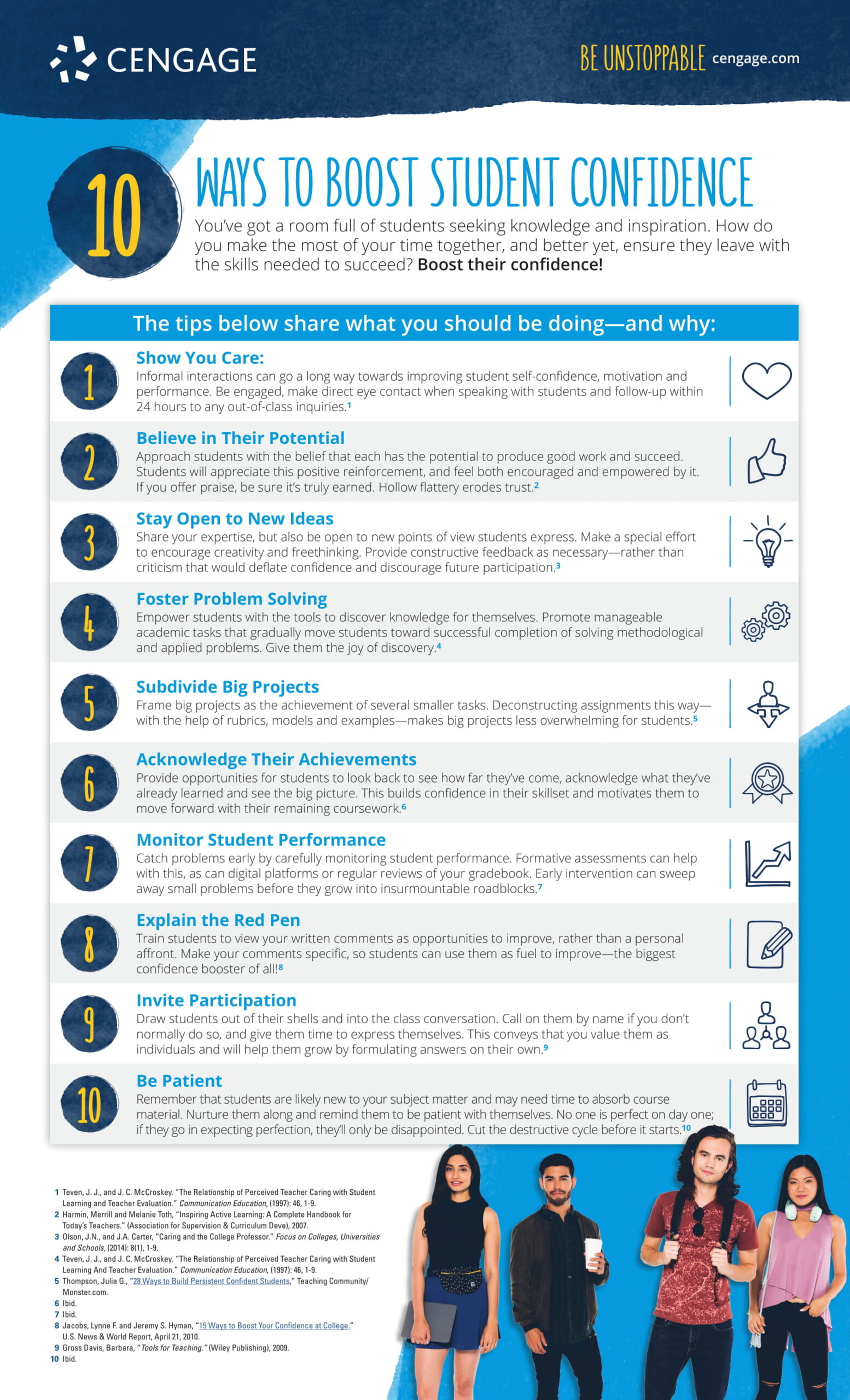Janet Mizrahi is a continuing lecturer who teaches professional writing at the University of California, Santa Barbara. She is also an author at BizCommBuzz.
Mea culpa, mea maxima culpa. I admit I have avoided teaching sensitive and controversial topics, especially in today’s charged political climate. But research shows that such discussions in the college classroom not only foster critical thinking, but teach students to cope with diversity and to disagree with one another respectfully.
Turning out graduates who can converse with decorum is a noble goal and we are in a perfect position to help them do so. However, it takes a concerted effort to guide these types of discussions. To avoid common pitfalls that can turn a learning moment into a melee, follow these suggestions.
Set Clear Goals and Rules
State the outcome for the discussion clearly and link it to course learning objectives. For example, if discussing bans on wearing religious garb in a political science course, tie the topic to religious freedom. Restate those objectives as needed during the discussion. Make students aware that the discussion will allow them to develop fair-mindedness and sensitivity to opposing points of view.
Also be clear about ground rules. These should include:
- Listen respectfully
- Do not interrupt
- Respect others’ views
- Criticize ideas, not people or a group of people
- Avoid inflammatory language
Prepare Students for the Discussion
Before the discussion, arm students with facts about the issue. Have them read a variety of sources covering a delicate topic or show video clips during class, which can be a powerful learning tool that sets the stage for a difficult discussion.
Facilitate Civil Discussion
As the discussion facilitator, the instructor must tread the delicate line between dominating the discussion and observing without intervening. To keep things civil, step in and remind students to respect the rights of others to have their own opinions. Re-word questions students pose if necessary. Correct misinformation; ask students for clarification and refer back to relevant readings or course materials. Finally, make sure students do not feel attacked personally by emphasizing that all members of the class should focus on ideas, not people who share those ideas.
Deal with High Emotions
Be ready for some students to become emotional or angry. Don’t gloss over such situations. Instead, stay coolheaded and try to turn the situation into a learning experience.
Summarize and Reflect
After the discussion, summarize the main points of the discussion as a group. It’s also a good idea for students to write their own summaries to make sure they think about the session. Provide a prepared list of questions to prod them to reflect:
- What new ideas did you learn?
- How are you more aware of [topic]?
- Reflect on ideas you heard but do not agree with
These kinds of questions will help students think more deeply about what they discussed. Following these tips will give you the confidence to successfully lead a discussion on a sensitive topic.
Want Even More Ways to Engage Your Students and Boost Their Confidence?
Take a look at our ebook, Students Weigh In: What Role Does Confidence Play in the Lives of Learners? In it, we asked over 3,000 students for their opinions on confidence—and what instructors can do to bolster their efforts in and out of class.



